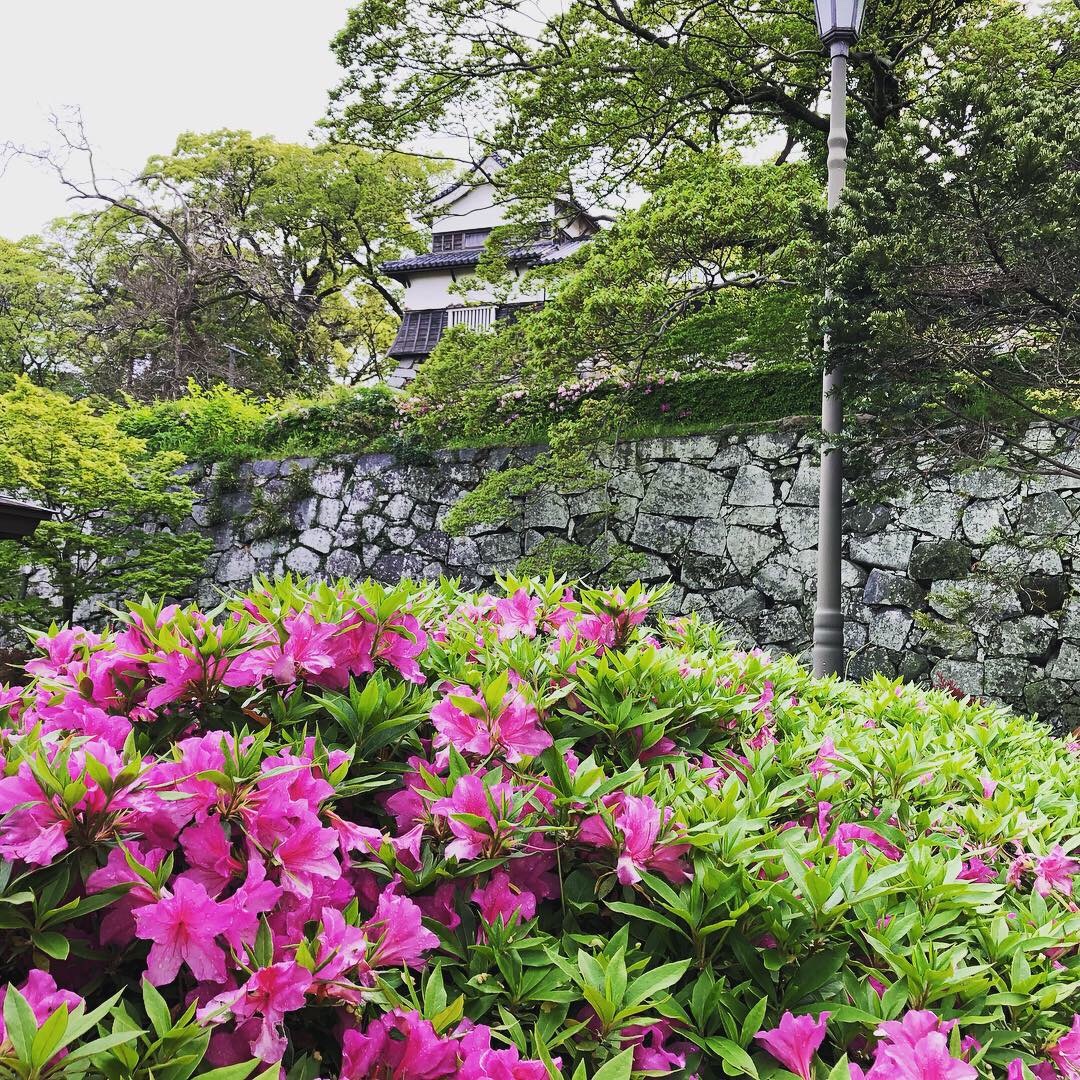There really isn't a better time to visit Japan than the spring. During the first half of the year, a series of flowers bloom in a fashion as orderly as the Japanese themselves: narcissus (水仙) and camellia (椿) in January; ume (plum) blossoms in February; peach blossoms (桃) and magnolias (木蓮) in March; sakura (cherry) blossoms in late March or early April, depending on the weather; wisteria (藤), azaleas (ツツジ), and peonies around Golden Week (late April to early May); hydrangea (紫陽花) from late May; irises (あやめ) in June, and so on.
Before coming to Japan I couldn't have identified a peony had my life depended upon it, but two decades on I'm practically a botanist. Much of my knowledge of the flora Japanica has come to me passively, through dating women who either taught, or were learning, ikebana (flower arrangement). The rest has been filled in by students, many of whom are invariably trotting off to, say, Mount Kuju to view the wild azaleas in June, foraging their local woods for horsetails and bamboo shoots in early spring, or joining tours to see a famous, centuries old sakura tree. (Seriously.) I must be turning Japanese, because I too willingly (and gleefully) partake in these flower-viewing festivities.




